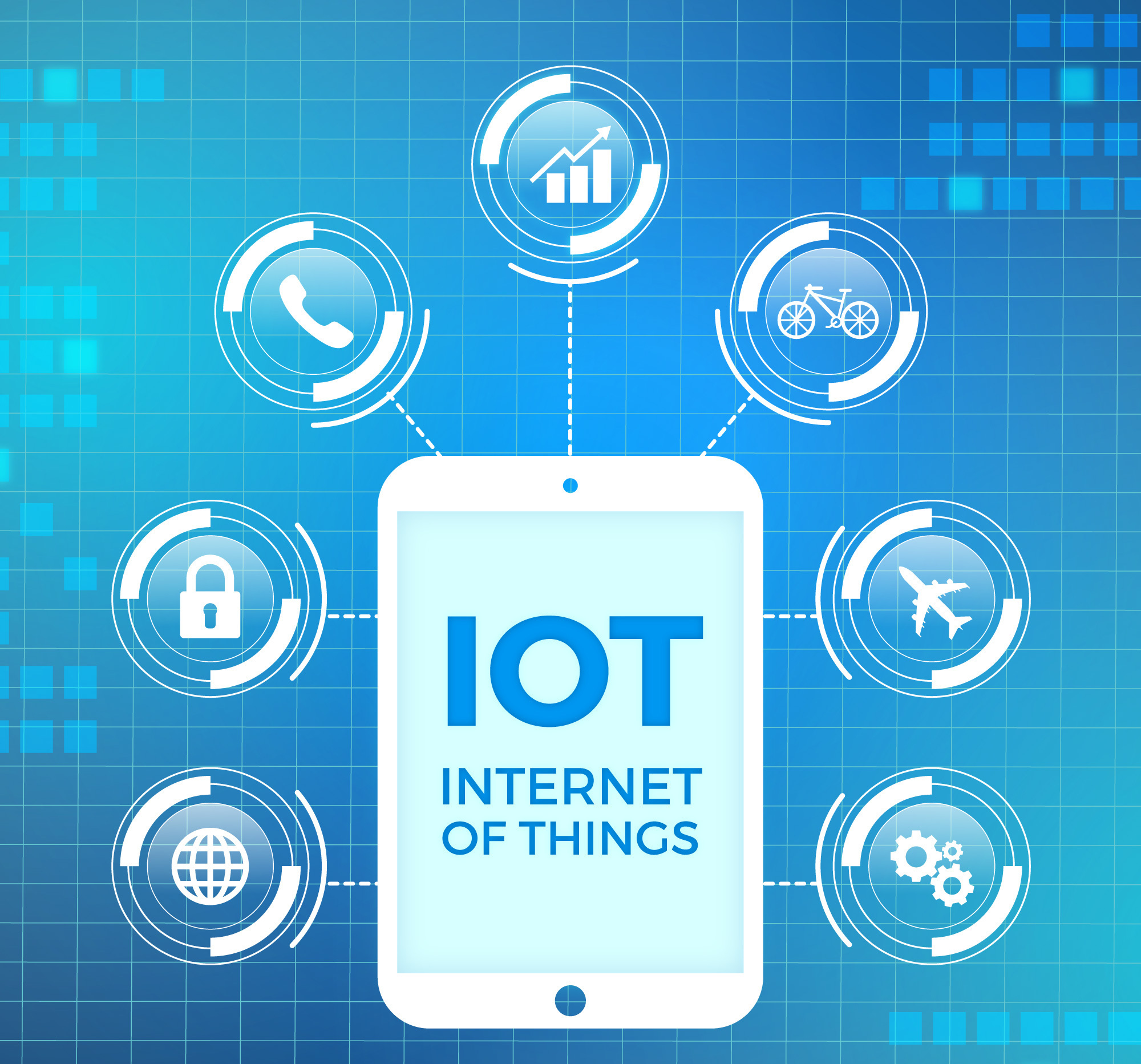The Internet of Things (IoT) is a strategic area of development for business applications – for one critical reason: the monetization of data.
From Facebook’s CEO Mark Zuckerberg’s hearing in front of the Unites States Congress regarding the sharing of data from 87 million Facebook users[i], to the new EU regulation on the protection of personal data (GDPR) – the recent public debates over user-generated data all boil down to one issue: the battle for control over data. Who owns the data and who benefits from it?Also, what does it have to do with the Internet of Things and NeuroChain technology? Let’s take a closer look.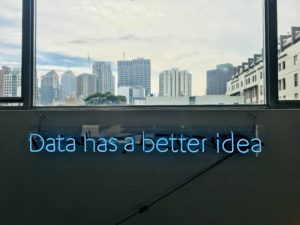
The Internet of Things generates valuable user-generated data – but what is missing?
Today, businesses are on a race to optimize their offer, services, skills, efficiency and products. This context has made user-generated data extremely valuable as it provides crucial information for firms to better adapt their offer and increase profitability. This is the reason for our focus on the Internet of Things: the IoT will become one of the main providers of these data.What is the Internet of Things? Imagine the IoT as a gigantic ecosystem of connected “things”, a network of intelligent objects talking to each other. These “things” can be, literally anything: everyday objects such as your toaster, car, lamp, alarm clock, coffee machine. They generate data from their owner’s habits, which aggregate into user patterns – and all these devices “talk” to each other by exchanging data through the Internet. So, the IoT is this interconnection of physical devices, able to intelligently gather and exchange data with each other without human intervention. No human intervention: that’s what’s making them smart.The goal of IoT is to improve the efficiency of services: it should benefit end users, corporations, public services. For instance, imagine a car accident: not only the city intelligent traffic system would be able to warn all car drivers to adjust their itinerary accordingly – thus avoiding traffic congestion; but also to transfer relevant medical information to the hospital before the ambulance even arrives – thus saving critical time for the injured victims. You can also picture another more cheerful use case: your alarm clock lets your coffee machine know when you wake up, so that it brews your morning coffee right in time when you step in the kitchen.In our morning coffee example, both the alarm clock and the coffee machine generate huge quantities of precious data on user patterns (what time they usually wake up, how their coffee consumption varies across time and external factors…) But these data are confined in silos only accessible to the user, and have little value when taken individually. So on the one hand, the end user – which is ultimately the data owner – does not have control over the data he produced because it is locked in silos owned and managed by companies. And on the other hand, companies are unable to aggregate these user data in a comprehensive manner, in order to extract strategic conclusions that would be significant for their business. In between, lays the issue of trust for monetizing these data when it is processed and centralized by third-party companies. So, who owns the data and actually benefits from it?Thus there are currently two hurdles to the healthy development of IoT: the technological inability to analyze the massive amounts of data produced by the connected objects, and the opacity of control over these data.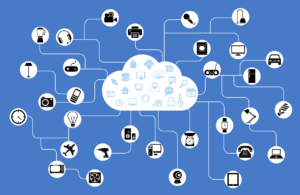
The Internet of Things and Machine Learning: Processing the Data from IoT
The main priority regarding this multiplication of connected objects will be to create intelligent protocols that can secure and automate the processing of all these data. Before the emergence of artificial intelligence, it was virtually impossible to analyze such colossal volumes of data in order to know which ones actually matter – and to extract valuable information. But what has fundamentally changed the game since the explosion of Big Data is the rise of Machine Learning. Machine learning is basically an application of artificial intelligence that enables the machine to learn by itself as it accesses larger amounts of data – so that it only gets smarter.To achieve its full potential, the Internet of Things needs to be complemented by Machine Learning algorithms to process, structure and monetize data. Data analysis will be the key to a better understanding of user patterns and carefully designed services. However, the question remains on who controls the data – and that is where Blockchain technology is needed.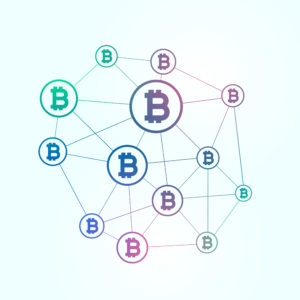
The Internet of Things and Blockchain: Decentralizing the control over Data
End users are in theory the owners of the data they produce. The IoT is an ecosystem relying on the capitalization of data generated by these connected objects to create new business models – shifting their model from a product-based approach to a service-based logic. The new stake becomes then the reselling of data: in our morning coffee example, companies would gladly pay to access the aggregated user patterns of their coffee drinkers, if that could improve their sales. So why not allow end users to regain control over their own data by letting them trade it themselves? This is the concept of “Sensing-as-a-service” (S2AAS) where owners of connected objects sell their data. The problem, however, is the distrust of companies who intervene as middlemen by running advertisements based on end-users data, without sharing the earned value with data owners. In other words, to regain control over their data in a context of race towards monetization, data owners should be able to sell their data themselves, to whom they want, and without intermediary.Blockchain technology makes this possible. As an open, incorruptible and distributed ledger, participants can record their transactions on the Blockchain in a totally transparent way. Disintermediation (removing the middleman by substituting the trust we usually put in human third-parties, for the knowledge that technology is infallible), security (decentralized architecture and inalterable information) and autonomy (financial independence of the infrastructure thanks to a crypto-currency) are the key ingredients to tackle opacity in the fight for data control – all of which are blended in Blockchain technology.All that being said, now we really need to find a breakthrough technological improvement that actually combines Machine Learning, AI and Blockchain – if only such a thing were to exist. Wait a minute…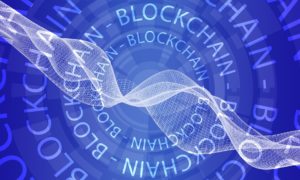
NeuroChain: combining Machine Learning and Blockchain technology to unleash the potential of the Internet of Things
NeuroChain is an augmented Blockchain merging all the properties mentioned above. On the practical side, NeuroChain technology is specifically designed to carry collective artificial intelligence applications – so it is particularly compatible with the IoT logic of implementing intelligent interactions between connected objects.For corporations, a scalable business strategy must now have a clear data analysis plan. Data monetization has been the center of recent political debates, because it has become a critical driver of value in the current context, where every sector, every information must be optimized to improve the quality of services based on consumer information. Investing in Blockchain, Machine Learning and AI is therefore a strategic move for businesses – because a smart business strategy is less and less dependent on supply and demand. Rather, we are increasingly shifting towards a model where the winning strategy depends on the innovation, the technology, and the data it creates.Merging business strategy and scientific research, NeuroChain combines all fundamental properties to be the overarching technology behind the Internet of Things – and finally optimize its impact. [i] “This highlights a larger debate over how much users can trust Facebook with their data. Facebook allowed a third-party developer to engineer an application for the sole purpose of gathering data. And the developer was able to exploit a loophole to gather information on not only people who used the app but all their friends — without them knowing.”, Alvin Chang, 2018, Vox online, https://www.vox.com/policy-and-politics/2018/3/23/17151916/facebook-cambridge-analytica-trump-diagram
NeuroChain, let’s build a better world!
Photo credits:Freepik, Pexels, PixabayFollow us on Telegram, Facebook, Twitter and YouTube. If you have any questions, feel free to get in touch with NeuroChain Team, and we will answer you as soon as possible!
